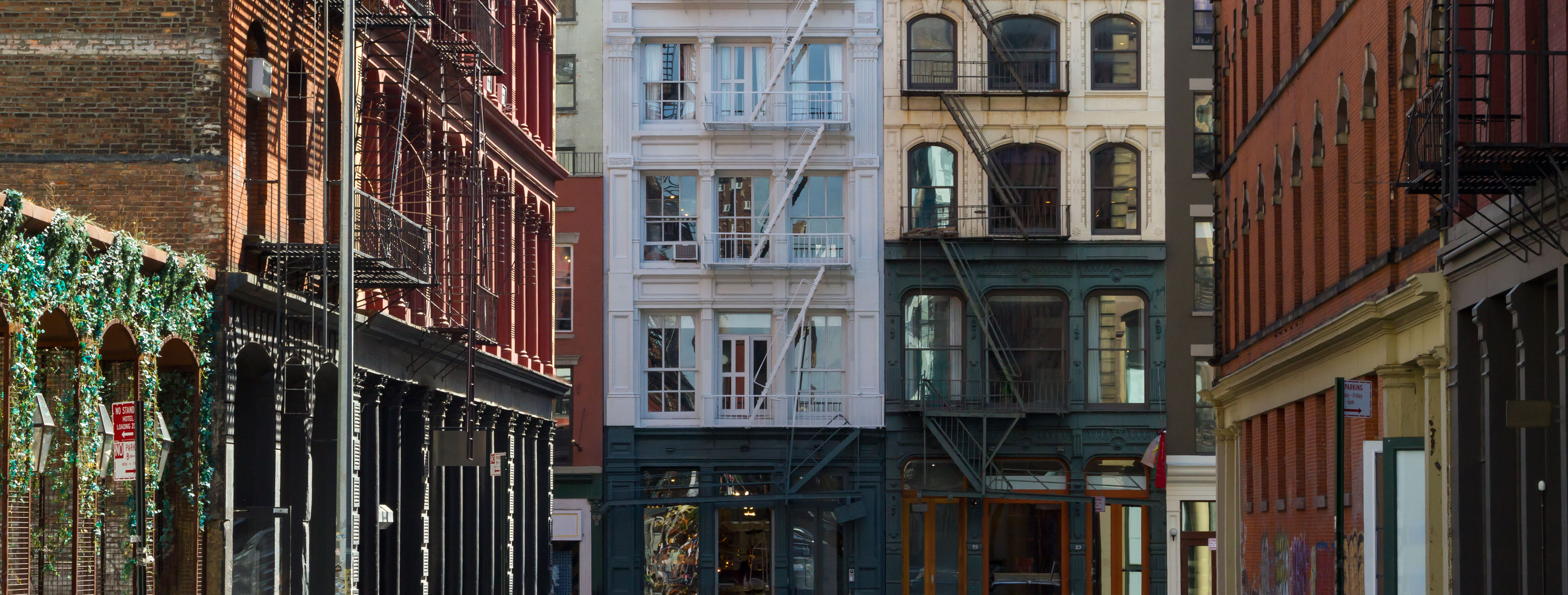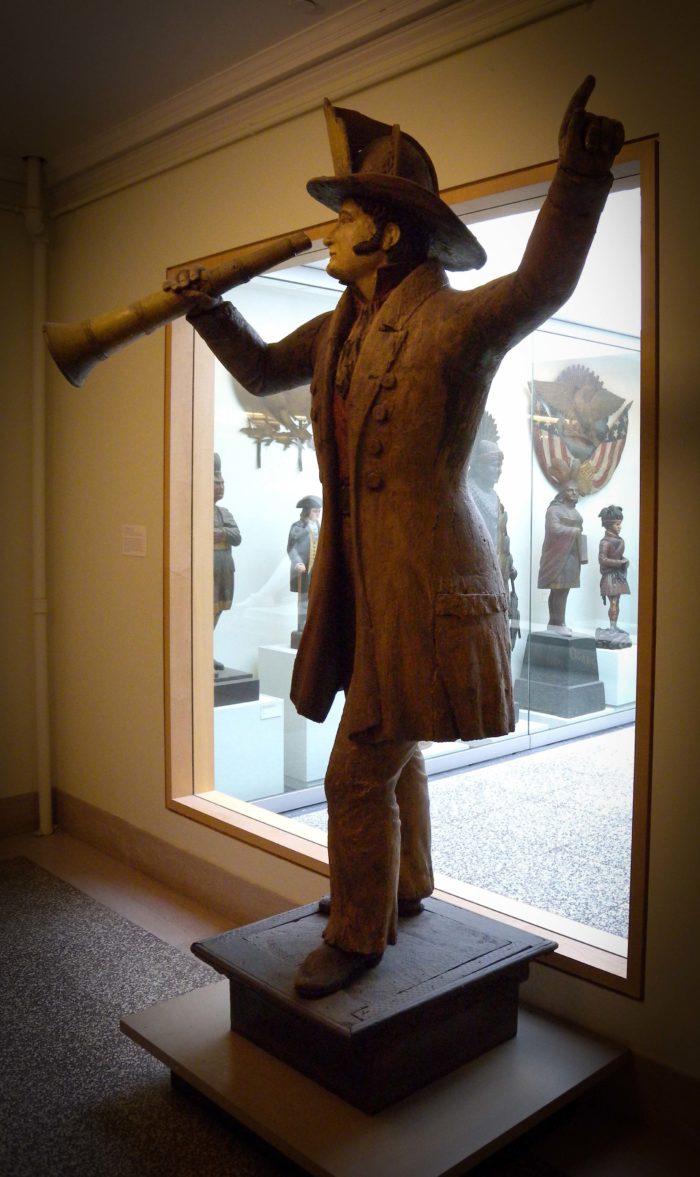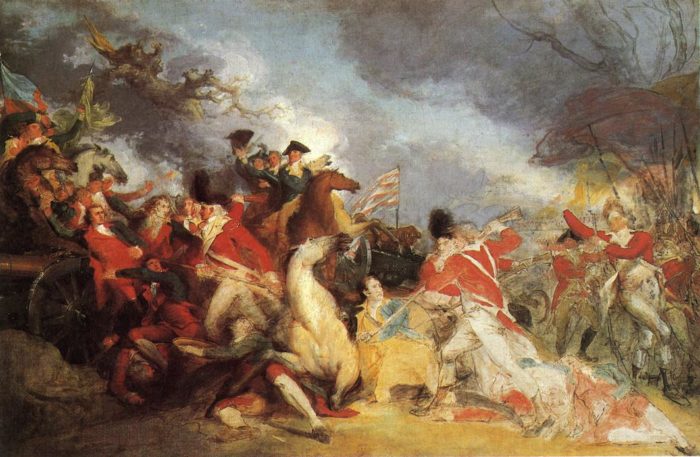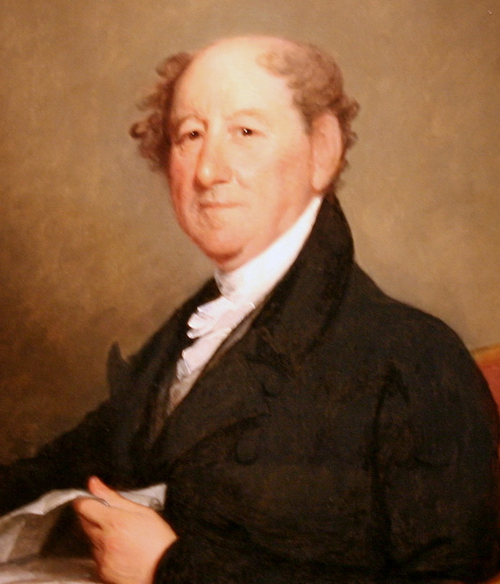What’s in a Street Name – The Etymology of SoHo
The word origin of “SoHo” is fairly well known: It stands for South of Houston (Street). The neighborhood did not gain that name until 1962, when urban planner Chester Rapkin used it in a report about the area. Given that many called the then-industrial neighborhood “Hell’s Hundred Acres,” the new name was deemed quite an improvement.
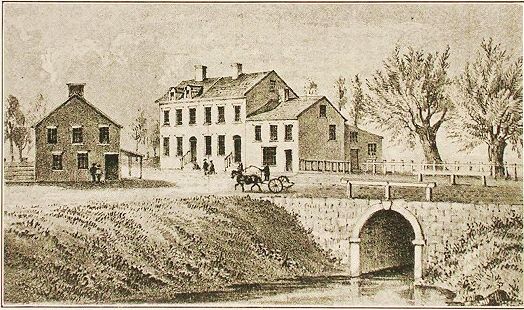
An 1811 illustration of Broadway crossing over the canal that gave Canal Street its name. Image: public domain/Wikimedia
While SoHo is a relatively new nomenclature, the street names of SoHo have been around for well over a century, and in some cases more than two centuries. A few of the names are almost self-explanatory. Spring Street, the neighborhood’s first roadway, was named after a fresh-water spring that runs beneath it. Completed in 1820, Canal Street was laid on top of an eight-foot-deep canal that had been built several years earlier to drain polluted swamp waters into the Hudson River. Grand Street was, not surprisingly, the widest street in the area when it was constructed in the early 19th century, rivaled only by Broadway, the English translation of the original Dutch “Brede Weg.”
Most of SoHo’s other streets were named after people. Houston, for instance, commemorates William Houstoun, who represented Georgia during the first few years of the Continental Congress and later, in 1787, during the Constitutional Convention. It may seem strange that a New York street would be named after a Georgian politician. Nicholas Bayard III, who owned the land on which the street was built, named it after Houstoun because the latter was married to Bayard’s daughter. Bayard’s surname graces the name of the street that runs a block south of Canal Street. As for how Houstoun Street became Houston Street, nobody knows, except that it had nothing to do with Sam Houston, which is why the street is pronounced differently from the Texas city.
Howard Street, one block north of Canal, honors Harry Howard, the chief engineer of the city’s volunteer fire department from 1854 to 1857, when he was forced to retire after suffering paralysis while en route to a fire. Among his innovations was requiring all firehouses to have sleeping quarters.
Several streets were named after war heroes. Lafayette Street, or as it was first dubbed, Lafayette Place, was named after the Marquis de Lafayette, a Continental Army commander during the Revolutionary War. Lafayette’s troop of 3,200 men held off the 7,200 British soldiers under Lord Charles Cornwallis’s command in Virginia, allowing additional troops led by George Washington and French army commander Comte de Rochambeau to travel down to Virginia and win the Battle of Yorktown in 1781 and, with it, the war.
The eponym of Mercer Street, Hugh Mercer, had taken part in Britain’s Jacobite Rebellion, hoping to place Bonnie Prince Charlie on the throne, then fought with the British during the French and Indian War before joining the rebels of the Revolutionary War. As a brigadier general for the Continental Army he was bayoneted during the 1777 Battle of Princeton. Wooster Street commemorates another Revolutionary general felled in battle: David Wooster, who died of injuries sustained during the 1777 Battle of Ridgefield, in Connecticut. Yet another general, John Sullivan, was honored with a street name; he later became the first governor of New Hampshire.
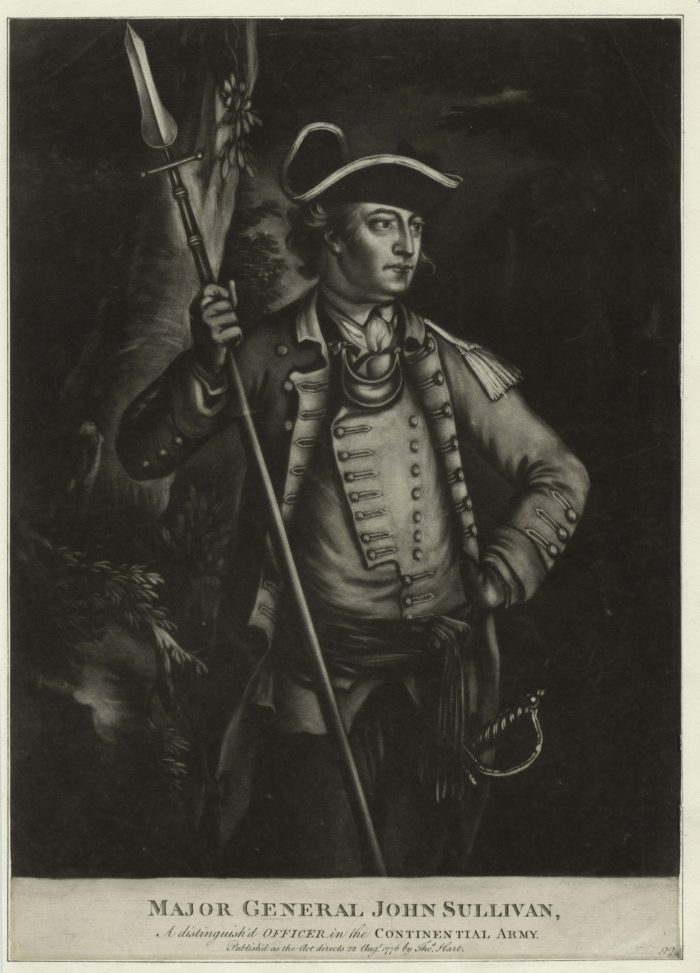
Major General—and future New Hampshire governor—John Sullivan. Image: New York Public Library/public domain/Wikimedia
John Broome also fought in the Revolutionary War, but his namesake street more likely commemorates his three terms as lieutenant governor of New York. Similarly, though John Charlton was a surgeon who served in the Continental Army, when Trinity Church named the street constructed on its property after him in 1807, it was probably more to honor his work as a president of the Medical Society of the State of New York. While head of the society Charlton urged that physicians and pharmacists be made to meet standard educational requirements; he and the society also worked closely with the city during the 1795 and 1798 yellow fever epidemics.
As well as being a physician, Charlton was a warden of Trinity Church. So was Rufus King, who was also a signer of the Declaration of Independence, a U.S. senator, and an ambassador to Britain. The street that bears his surname did not do so until 1897, 70 years after King’s death. Until then it was known as Hazard Street, for reasons that are no longer remembered.


